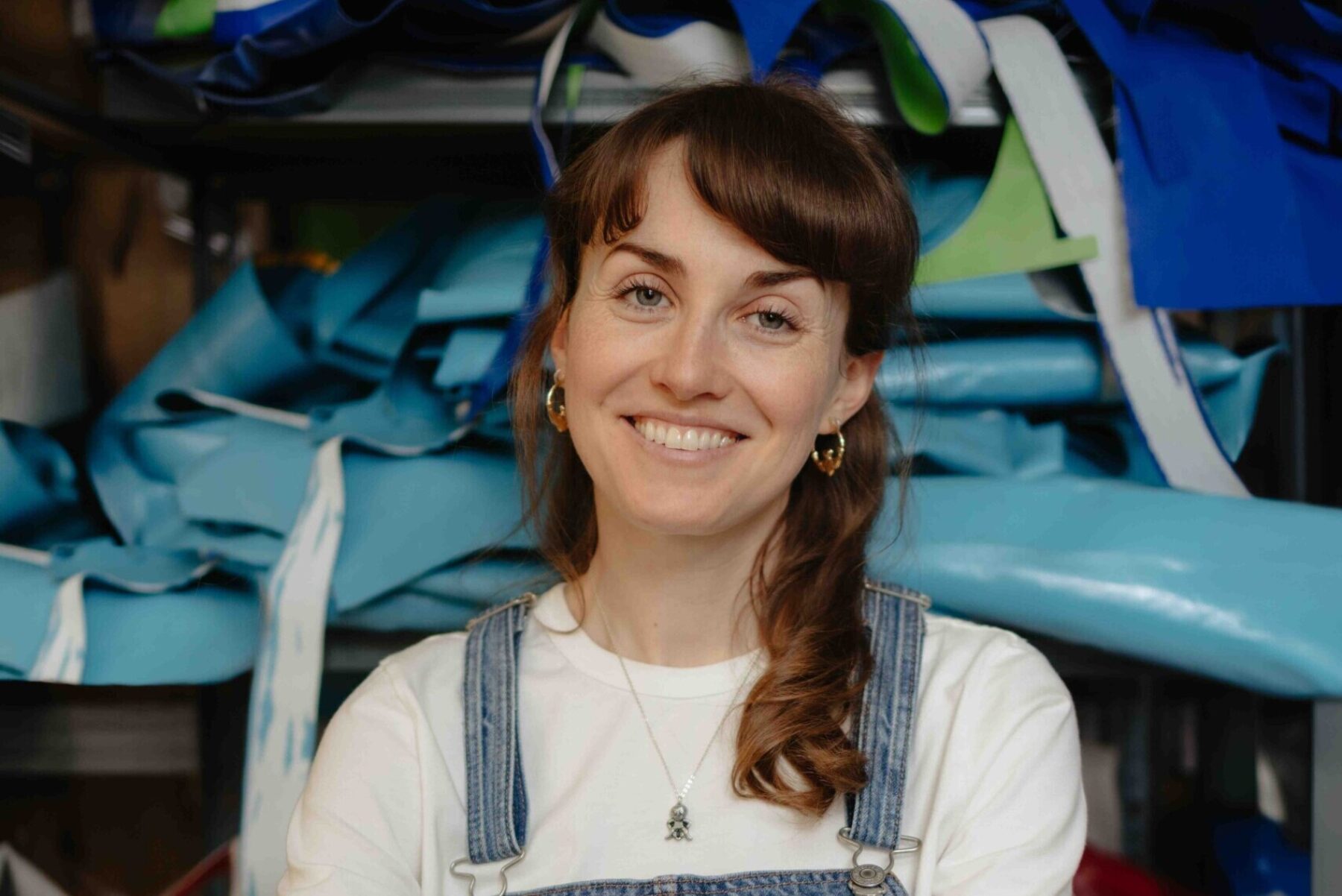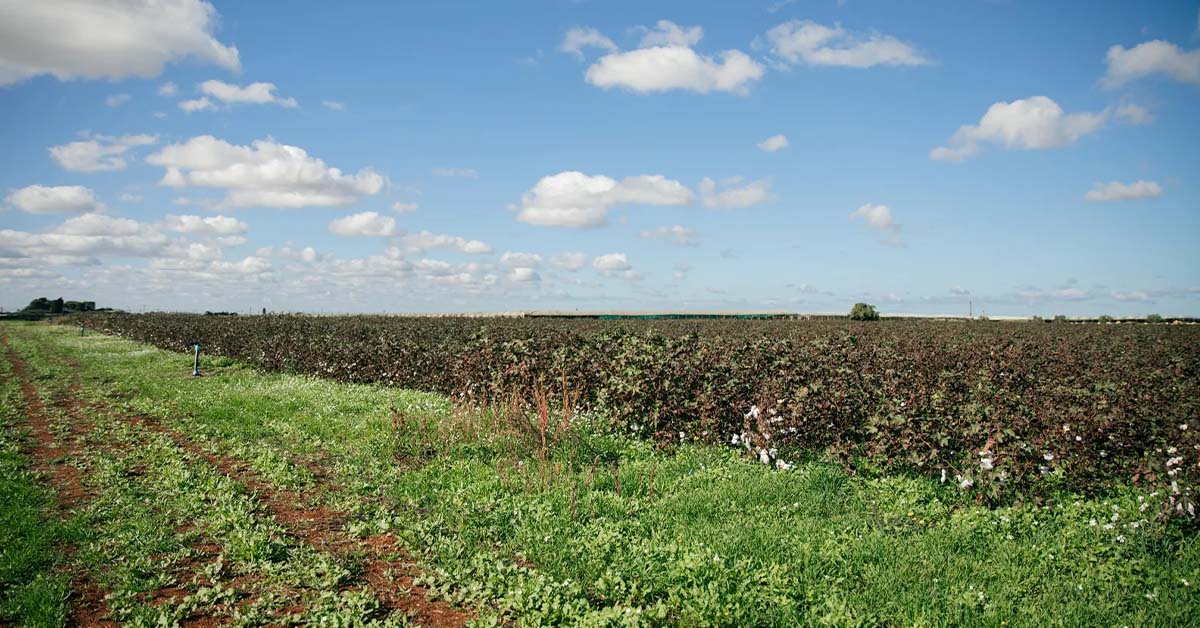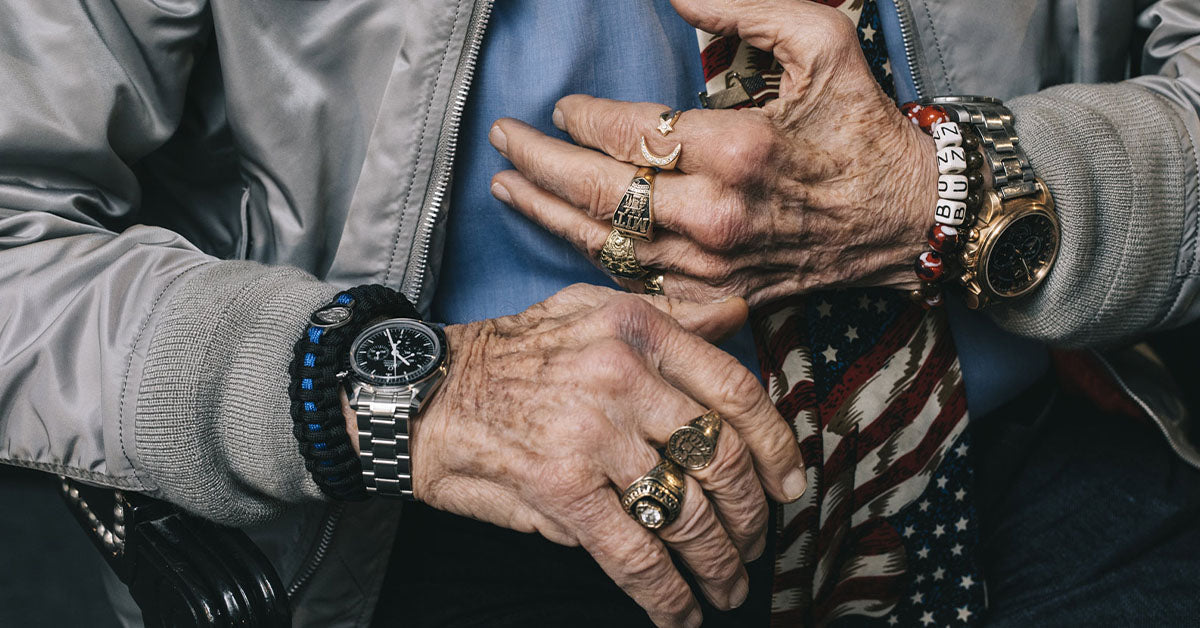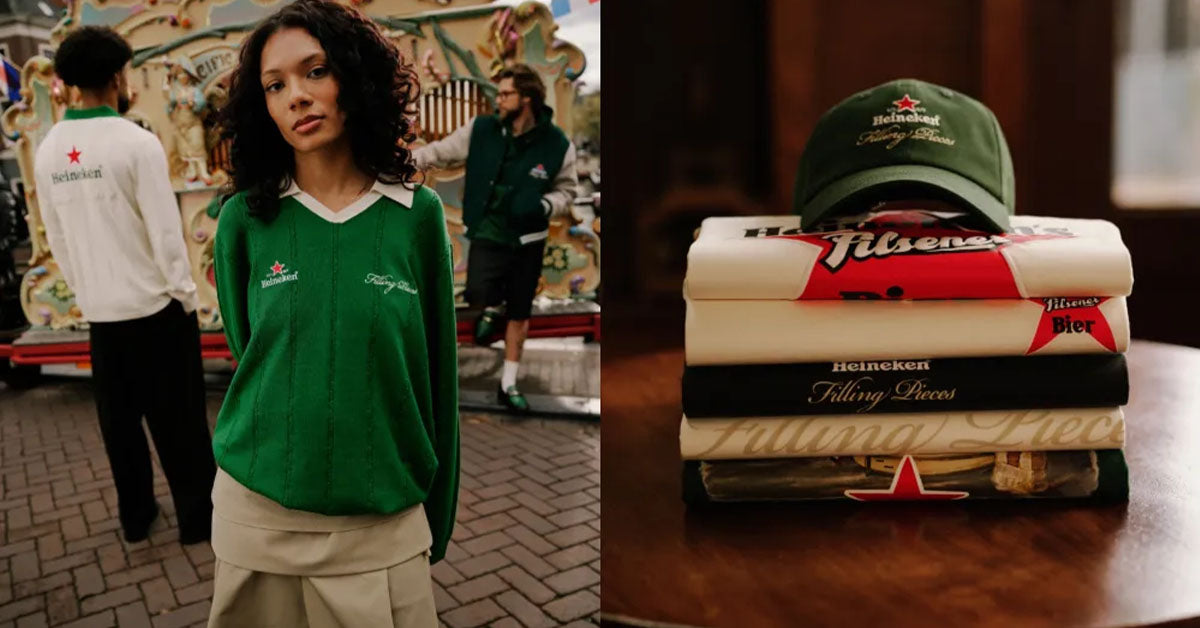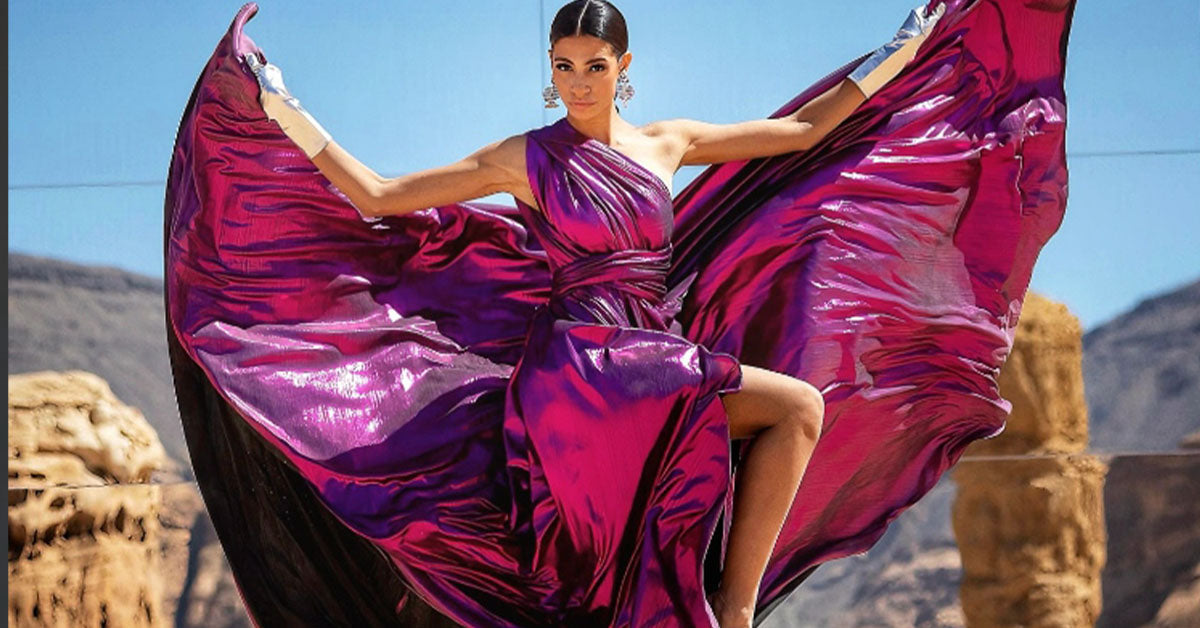Explore with AI & Follow Us
In a world saturated by fast fashion and disposable trends, the white T-shirt remains a rare constant—a garment so ubiquitous it’s almost invisible. But for designer Síofra Caherty, what most see as a basic wardrobe essential became the site of an extraordinary experiment: Could this humble staple be reimagined as a paragon of transparency, ethics, and design excellence? Over two years, Caherty’s journey to create the perfect, fully traceable white tee not only unraveled the garment’s deceptive simplicity, but also exposed the tangled realities underpinning ethical fashion today.
The White T-Shirt: An Icon of Simplicity—Or Is It?
Few items in the global fashion lexicon command the universal reverence of the white T-shirt. Its versatility is legendary—worn by everyone from film stars to activists, functioning as both blank canvas and style statement. Yet, the apparent ease of its design masks a daunting complexity, especially for those unwilling to compromise on ethics or quality.
Within the industry, the white tee is revered as a rite of passage for designers—a deceptively straightforward garment that, in reality, demands rigorous attention to detail. Its clean lines and lack of embellishment leave nowhere to hide: The cut, drape, fabric, and finish must be flawless. Any deviation is immediately apparent, a fact that only grows more pronounced when ethical and sustainable imperatives are layered atop traditional design concerns.

Artist Hannah Smith tries the shirt out for size while working


Beyond Basics: Síofra Caherty’s Radical Transparency
Caherty’s odyssey began with a simple question that would upend conventional fashion workflows: Can a white T-shirt be made with full traceability? For her, traceability was not a marketing buzzword but a guiding principle. Every thread, every stitch, and every stage of the supply chain had to be accounted for—a challenge that quickly revealed the labyrinthine nature of modern garment production.
The pursuit of transparency meant:
- Identifying and verifying the origins of raw materials
- Assessing the environmental and social impacts of each supplier and process
- Meticulously documenting every step from farm to finished product
This level of scrutiny required patience, negotiation, and a willingness to forgo the path of least resistance. Suppliers accustomed to opacity bristled at the demand for detail. Manufacturing partners balked at the extra paperwork. Yet, for Caherty, anything less would be a betrayal of the project’s ethos—and the growing consumer demand for honesty in fashion.
The Anatomy of Perfection: Fabric, Fit, and Function
Designing the ultimate white T-shirt is a study in nuance. Caherty’s process began where all garments do: material selection. In the quest for comfort and breathability, she scoured sources for high-quality, ethically produced cotton—with every bale traced back to its agricultural roots. The goal was not just softness or durability, but a fabric imbued with integrity at every level.
The next challenge was the cut. The white tee must flatter a spectrum of bodies, drape without clinging, and maintain its shape through countless washes. Caherty’s process involved:
- Sketching multiple design iterations
- Prototyping samples in different fabric weights and finishes
- Subjecting each prototype to rigorous real-world testing
Feedback cycles were relentless. Minor tweaks to the neckline, sleeve length, or hem could transform the entire look and feel. The iterative process—far from being a simple exercise—became a testament to the profundity of “basic” done well.
Ethics in Action: The Challenge of Sustainable Production
It’s one thing to design a beautiful T-shirt; it’s another to ensure every aspect of its creation is sustainable. Caherty wrestled with the realities of ethical manufacturing at every turn. This included evaluating:
- Supplier labor practices and worker conditions
- Environmental impact from dyeing and finishing processes
- Packaging and shipping solutions that minimized waste
Her insistence on full traceability was often met with resistance. Many suppliers and mills operate on a need-to-know basis, protecting proprietary processes and trade secrets. Caherty, however, refused to settle for half-measures. The result was a slower, more arduous journey—one that demanded both transparency and trust from all stakeholders.
This approach, while painstaking, aligns with an urgent shift in consumer values. Today’s shoppers are savvier, scrutinizing brand claims and demanding evidence of ethical stewardship. For them, the provenance of a basic tee is as important as its price or style. Caherty’s process—documented and openly shared—serves as a model for what fashion’s future could look like.
The New Luxury: Transparency, Quality, and Meaning
There is a certain irony in the fact that, in 2025, luxury is less about logos and exclusivity, and more about transparency, quality, and meaning. The perfect white T-shirt, painstakingly crafted over two years, exemplifies this paradigm shift. It is not just a piece of clothing, but a statement—a rejection of the throwaway culture in favor of something durable, honest, and thoughtfully made.
For Caherty, the journey was as important as the destination. The process exposed the hidden intricacies of garment production and the real cost of uncompromising ethics. But it also proved deeply satisfying: Each challenge overcome, each supplier persuaded, and each prototype perfected became a small victory in the larger battle for a more responsible fashion industry.
Lessons for the Industry: Why Basics Matter More Than Ever
Caherty’s two-year odyssey offers a powerful lesson to designers, brands, and consumers alike: The true test of a brand’s values is not found in its boldest statements, but in its most fundamental products. If a white T-shirt—arguably the most basic of basics—can be made with unflinching transparency and care, then so can any garment.
This is not merely an exercise in idealism. With growing regulatory scrutiny and consumer activism, transparency is quickly becoming a business imperative. Brands that embrace this shift—investing in traceability, sustainability, and authentic storytelling—will be the ones to thrive in the new fashion landscape.
Looking Forward: The Endless Possibilities of Ethical Fashion
The story of Síofra Caherty’s perfect white T-shirt is, at its heart, an argument for slowing down and doing things right. It challenges the prevailing wisdom that basics must be fast, cheap, and anonymous. Instead, it proposes a new standard: One where even the simplest garments are imbued with care, responsibility, and meaning.
As fashion grapples with its impact on people and planet, projects like Caherty’s offer a blueprint for transformation. They remind us that the journey to perfecting a single white tee is, in fact, a journey towards a more ethical, transparent, and ultimately beautiful industry—one garment at a time.
Explore with AI & Follow Us

